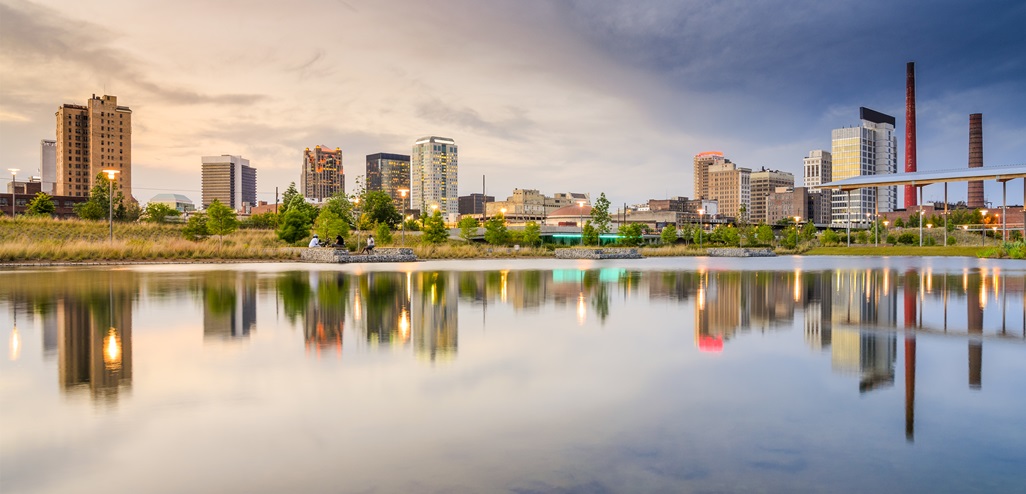The former city planner of Vancouver, BC, Canada—Brent Toderian—is fond of saying “The truth about a city’s aspirations isn’t found in its vision. It’s found in its budget.” The truth of that “put your money where your mouth is” observation is unassailable.
So, I (Storm Cunningham) was heartened when Birmingham, Alabama‘s Mayor—Randall L. Woodfin—presented a $455-million operating budget proposal to the City Council that was strongly ballyhooed as supporting restoration, economic recovery and neighborhood revitalization.
It’s the largest budget proposal in the history of the city. “We stand at a moment of recovery and restoration,” Mayor Woodfin said.
“This budget represents our shared priorities of neighborhood revitalization and fiscal responsibility with an eye toward investing in our future through proven initiatives like Birmingham Promise. This plan supports our departments’ efforts to provide efficient and effective services to the residents of our city,” he added.
Here are the budget items that the city lists are being their commitment to neighborhood revitalization:
- Street Resurfacing: $10 million
- Demolition and Weed Abatement: $3.15 million
- Land Bank Authority: $300,000
- Recycling Pilot Program: $300,000
- ADA Sidewalks: $275,000
As you can see, only $14 million is dedicated to neighborhood revitalization, and—with the exception of the land bank funding—even that money is really just for cleanup, accessibility and beautification, rather than actual revitalization. Those are all good improvements, of course, but they are not revitalization. At best, they are tactics that contribute to revitalization.
But where’s the strategic process? Where’s the capacity-building? Where’s the affordable housing (the key component of resilient revitalization in many places)? Where’s the environmental restoration for flood control and park renovation? Where’s the brownfields remediation?
To be fair, a closer look at the budget might well reveal many or all of those revitalizing activities. The problem might be that the mayor’s speech writer doesn’t actually understand what’s involved in revitalizing a place, and is just focused on the more-visible components.
“This fiscal year represents restoration and growth,” Mayor Woodfin said.
“This will be a year of unprecedented investment in our city both from the public and private sectors. In addition to this operating budget, the city will be moving forward on a separate track with the Magic City Recovery supported by the funds provided through the Biden administration’s American Rescue Plan. I look forward to continued partnership with the council as we take the steps to transform our city,” he concluded.
The city’s new fiscal year begins July 1, 2021. Let’s hope for Birmingham’s sake that more of this restoration and revitalization talk moves from the realm of rhetoric to the budget.

